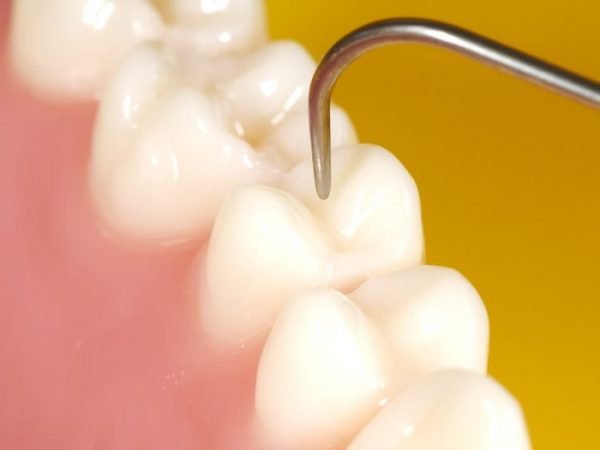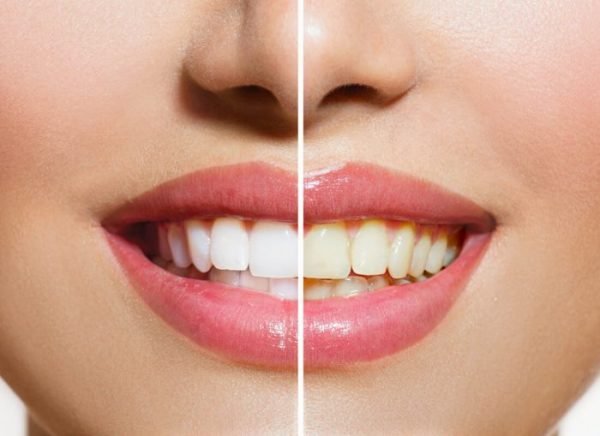ABOUT IMPLANT-SUPPORTED OVERDENTURE
An implant-supported overdenture serves the same purpose as a traditional denture, but it is held firmly in place with dental implants. A full arch of false teeth can be fitted using only 4 implants, and enables patients to eat, drink, and speak confidently without dentures slipping. Overdentures can be fixed, or removable – and in either case the dentist can remove them from time to time for a thorough clean.
An implant-supported overdenture is recommended for people with a lot of missing teeth, who wish to have a permanent prosthetic. It is a comfortable, stable alternative to traditional dentures.
Recommended for
- Patients missing multiple teeth
TIME REQUIREMENTS
- Average length of stay abroad: 1 weeks.
- Number of trips abroad needed: 2.
Usually patients will have the implant placement surgery, wait for these to heal, and then around 6 months later they will return to have the final prosthesis attached. Some clinics offer instant loading dental implants, which can support teeth straight away.

COMPARE IMPLANT-SUPPORTED OVERDENTURE PRICES AROUND THE WORLD
| Country | Cost |
|---|---|
| United Kingdom | 5500€ |
| Brazil | 2692€ |
| Thailand | 2375€ |
| Mexico | 2171€ |
| Spain | 1300€ |
| Turkey | 895€ |
| Hungary | 539€ |
HOW TO FIND QUALITY TREATMENT ABROAD
BEFORE IMPLANT-SUPPORTED OVERDENTURE ABROAD
Before receiving an implant-supported overdenture, the dentist must check that their is enough jawbone to support dental implants.
X-rays to assess the bone structure may be taken during an initial consultation, or patients can send their X-rays, in order to get a rough treatment plan before travelling. It is usually possible to get X-rays from any dentist for a small fee.
HOW IS IT PERFORMED
The dental implants are usually placed in one session. In order to place the dental implants, the dentist must first remove the gum tissue. Sometimes an incision is made across the peak, and the gum is peeled back to reveal the bone. Some dentists prefer to cut out a small piece of gum tissue the size of the implant. The dentist will then use a series of drills to make and enlarge a hole in the jawbone. Once the hole is the right size, the implant is twisted tightly into position. This is repeated, usually 2, 4 or 6 times – depending on how many implants are being used.
Usually, at this stage, the dentist will attach temporary healing abutments. This is a cap placed on the dental implant which acts as a placeholder (preventing gum growing over the implant.) The gum is closed around the healing abutment. If needed, the gums will be stitched up.
The dental implants are left to heal for several months before the overdenture is fitted.
Anesthesia
Local anesthetic.
Procedure duration
The Implant-Supported Overdenture takes 2 to 4 hours.
The treatment may involve several trips, as dentists need to surgically implant the dental implants, allow them to heal, and then create and attach the overdenture. Patients should ask the clinic how long is required for each visit.

WHAT TO EXPECT AFTER IMPLANT-SUPPORTED OVERDENTURE
Post procedure care
Possible swelling, bruising, pain or bleeding.
Possible discomfort
Some discomfort is to be expected, but should subside within a week.
IMPORTANT THINGS TO KNOW ABOUT IMPLANT-SUPPORTED OVERDENTURE
Success rates
The success of the dental implants depends on many factors, such as the position in the jaw and thickness of the bone. Patients should ask their dentist about the likelihood of complications.
Not recommended for
- Pregnancy
- Suppressed immune system
- Diabetes
- Heavy smokers
- Recent heart attack
- Bruxism (teeth grinding)
- Jaw bone loss
Potential risks
- Surgical infection
- Failure to osseointegrate (fuse to the bone)
- Nerve damage
- Damage to any surrounding teeth,
- Sinus damage
- Loss of jaw bone















